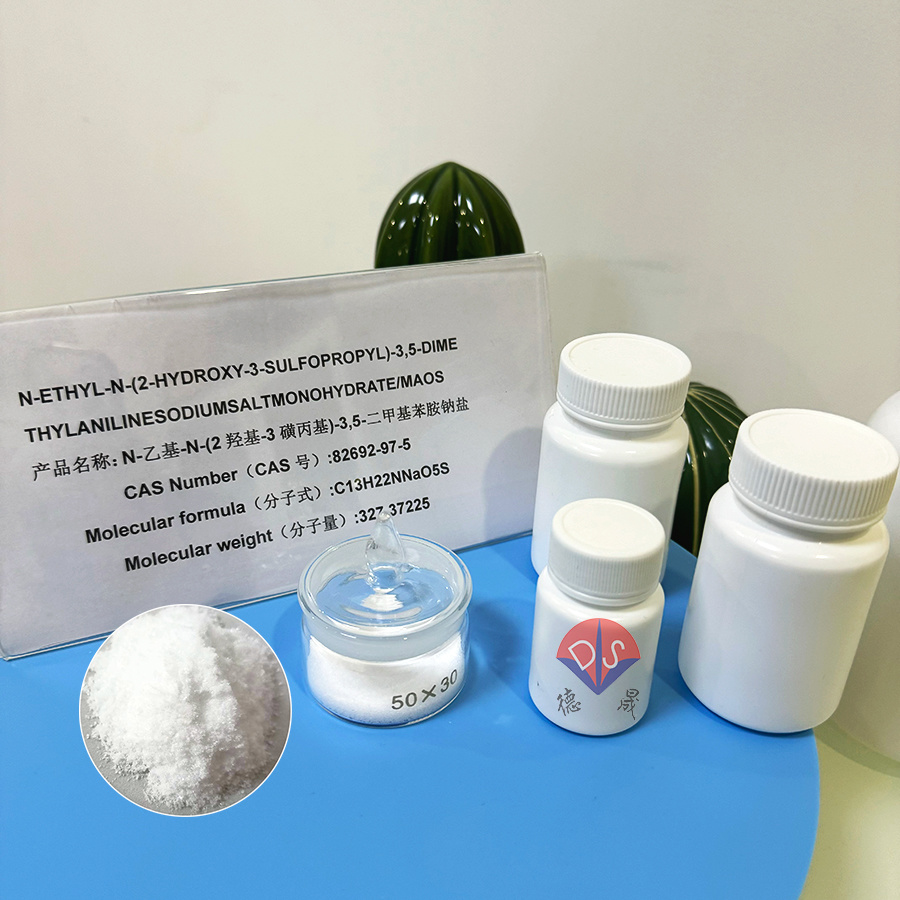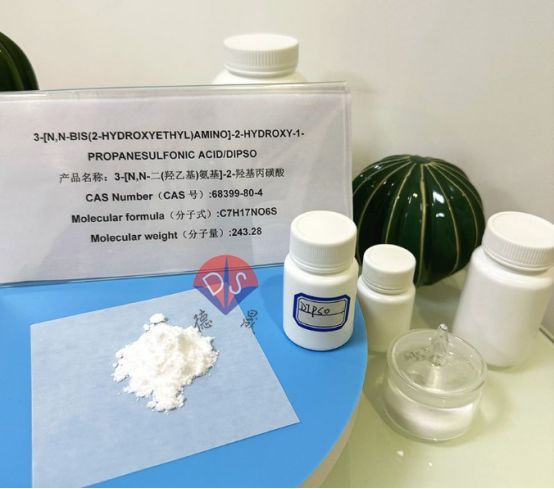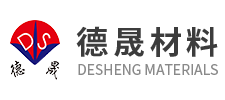The two main players in the future IVD market are the biochemical and immunological diagnostic markets
Release time:
2025-07-10
In vitro diagnostics (IVD), as a core component of modern medical systems, have a wide range of applications in disease screening, diagnosis, and monitoring, and are an indispensable basic part of the entire medical service process. Among the many segmented fields in the IVD market, biochemical diagnosis and immune diagnosis have become the two main forces in the current and future markets due to their technological maturity, market size, and wide application.

(Chromogenic substrate MAOS)
The current situation and prospects of the biochemical diagnosis market
Biochemical diagnosis accounts for approximately 16% of the IVD market in China in 2023. The market size has steadily grown in recent years, expected to increase from 11.6 billion yuan in 2017 to 27.6 billion yuan in 2023, with a compound annual average growth rate of 18.93%. However, the growth rate will gradually slow down in the future. From the perspective of competitive landscape, biochemical diagnosis started relatively early in China with low technological barriers, resulting in a complex competitive landscape, low industry concentration, and serious product homogenization. However, domestic enterprises have made significant progress in this field, and some domestic brands have a relatively comprehensive range of reagent varieties. Their product quality and performance are initially close to foreign enterprise products, and they have successfully entered domestic hospitals, breaking the monopoly of imported manufacturers in the market. However, due to the long-standing brand dependence, some foreign manufacturers still hold a considerable share in the market.
In terms of technological development, advanced biochemical detection technologies represented by latex immunoturbidimetry continue to emerge. These technologies enable some tests that originally required immunological diagnosis to be performed to be realized through biochemical diagnosis, thereby expanding the incremental market of biochemical diagnosis. In the future, domestic enterprises will need to break through technological barriers in the field of high-end biochemical diagnostic instruments. On the other hand, competition for biochemical diagnostic reagents will focus on core indicators such as menu quantity and reagent quality. With the continuous innovation of technology and the improvement of domestic enterprise competitiveness, the biochemical diagnosis market is expected to achieve further development by exploring new application areas and improving product quality while maintaining its existing scale.
Current Status and Prospects of the Immunodiagnostic Market
Immunodiagnosis is a relatively large segment of the IVD market in China, with a market size of approximately 50.3 billion in 2023, accounting for 42.45%. This field utilizes immune reactions between antigens and antibodies for qualitative or quantitative diagnosis, and its market share has increased from 29% in 2012 to 36% in 2020, showing a continuously expanding trend. There are various immune diagnostic technologies, among which chemiluminescence has the advantages of high sensitivity, high specificity, and high degree of automation, with a large market share and good growth prospects. Its market size has grown from 1.193 billion yuan in 2016 to 2.844 billion yuan in 2020, and is expected to reach 6.326 billion yuan by 2025. In terms of market competition, in the past, the immunodiagnosis market was dominated by foreign companies. However, nowadays, domestic companies have gradually emerged in the market with research and development breakthroughs and policy support. Nevertheless, more than half of China's immunodiagnosis market share is still occupied by foreign companies.
Cancer biomarkers, thyroid function, and infectious diseases are the three largest sectors in the current chemiluminescence market, accounting for approximately 30%, 20%, and 20% respectively. In addition, although the market for cardiac biomarkers is currently not large in size, its growth rate is relatively fast. From the perspective of domestic substitution, in testing projects such as infectious diseases and cardiac markers, the performance of domestic products has approached that of large factories, with a domestic proportion of about 50%. With its price advantage and cost-effectiveness brought by centralized procurement policies, it has strong appeal in grassroots institutions. However, in complex projects such as cancer detection, there is still a significant performance gap between domestically produced chemiluminescence products and imported products, and there is considerable room for optimization.
The reasons why the two major markets have become the main force
Biochemical diagnosis and immune diagnosis can become the two main forces in the future IVD market for various reasons. In terms of technological maturity, both have developed for many years, with relatively stable technology, wide applications, and high recognition. After long-term development, biochemical diagnostic technology has formed a relatively complete detection system, which can diagnose various common diseases; The techniques such as chemiluminescence in immunodiagnosis have also been extensively validated in clinical practice, ensuring accuracy and reliability. Secondly, at the market demand level, biochemical diagnosis can be used for monitoring routine physical examination items such as liver function, kidney function, blood glucose, and blood lipids, while immune diagnosis plays a key role in infectious disease diagnosis, cancer biomarker detection, and other aspects, which can meet different levels and types of diagnostic needs.

(DIPSO Biological Buffer)
As an upstream IVD reagent raw material manufacturer, Hubei Xindesheng Company can supply products such as biological buffering agents, color reagents, luminescent reagents, enzyme preparation raw materials, etc. In the field of biological buffering agents, its products cover various types such as HEPES and Tris. With mature processes, it controls impurity content and creates a stable pH environment for detection reactions. In luminescent reagents, acridine ester products undergo multiple purification processes, resulting in stable luminescence efficiency and are widely used in chemiluminescence immunoassay. If you need it, please feel free to contact us anytime!
Contact details
Contact number
Address: C8, Guanggu United Science and Technology City, Ezhou City, Hubei Province
Fax:0711-3704 589
Follow us



